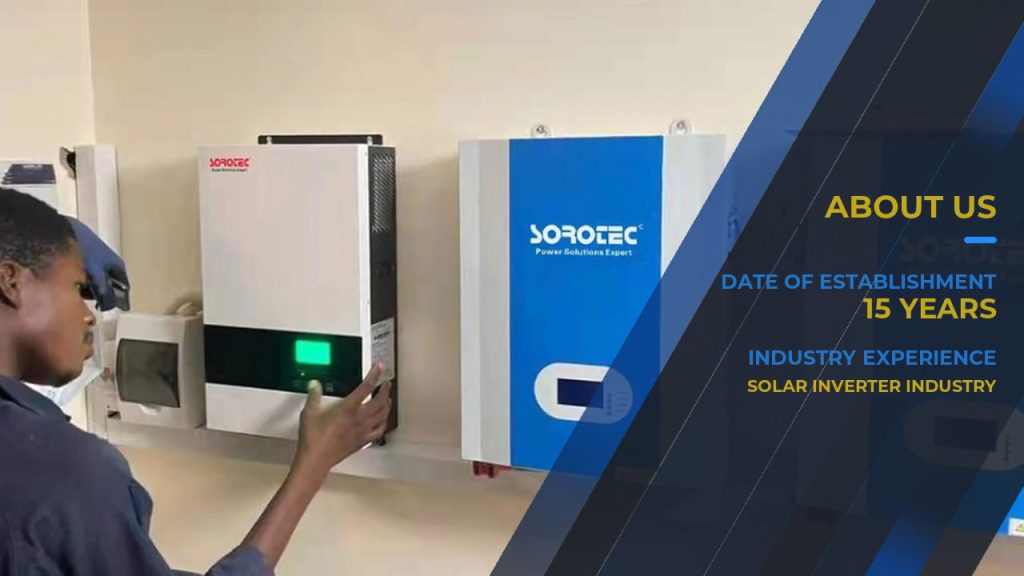SOROTEC VM II Series Off Grid solar inverter Energy Storage Inverter for home use
Pure sine wave solar inverter
Output power factor 1
Parallel operation up to 9 units
High PV input voltage rangea
Battery independent design
Built-in 100A MPPT solar charger
Battery equalization function to optimize battery performance and extend lifecycle
Built-in anti-dusk kit for harsh environment.





